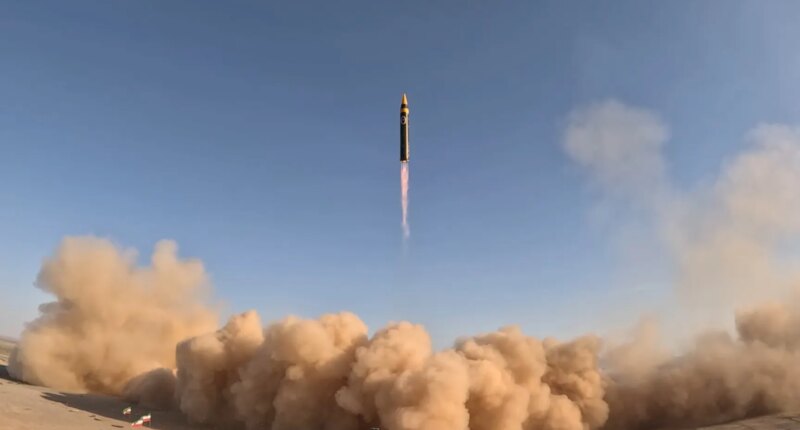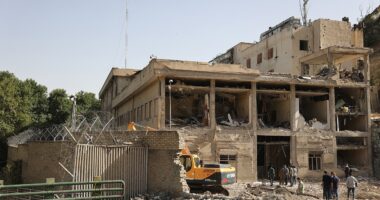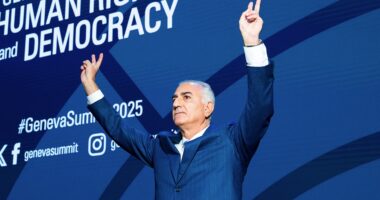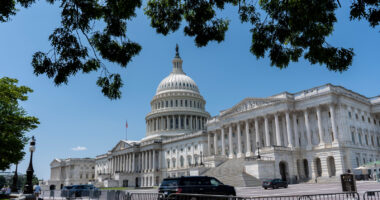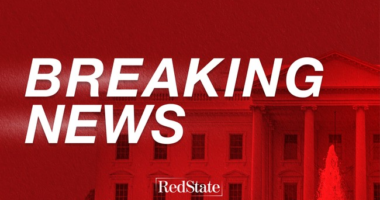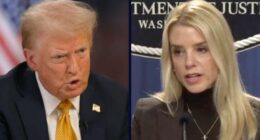President Donald Trump on Monday expressed concern about the escalating situation with Iran, referring to it as entering “dangerous territory.” He also announced that his administration would engage in discussions with Iran on Saturday.
While the exact outcomes of the upcoming talks remain uncertain, experts emphasize the urgency of taking action not only to impede Iran’s nuclear program but also to deploy available mechanisms like “snapback” sanctions to push back against Tehran’s defiance of international norms.
“This presents a unique opportunity to impose new sanctions on Iran independently, without the need for support from Russia and China,” remarked Gabriel Noronha, an Iran specialist and former special advisor for the Iran Action Group at the State Department, during an interview with Fox News Digital.
The ability to employ snapback sanctions on Iran expires Oct. 18, 2025, which coincides with when Russia will lead the United Nations Security Council (UNSC) presidency for its rotational one-month stint.

The United Nations Security Council (Reuters/Stephani Spindel/File)
“Iran must never acquire nuclear weapons,” Foreign Minister Jean-Noel Barrot reportedly told France’s Parliament on Wednesday.
“Our priority is to reach an agreement that verifiably and durably constrains the Iranian nuclear program,” he added.
It remains unclear how much longer European nations will attempt to hold out for discussions with Iran, as Trump has said he is becoming fed up with Tehran and has threatened direct military confrontation, even while he has made clear his administration’s willingness to discuss a deal with Tehran.
With France serving as UNSC president in April and the bureaucratic red tape Russia could employ, UNSC members supportive of blocking Iran’s nuclear program must immediately call up snapback sanctions, Noronha said.
“It takes about six weeks to actually be implemented properly,” said Noronha, author of “Iran Sanctions, U.N. Security Council Resolution 2231, and the Path to Snapback,” which was released last week. “And second, because the distribution of the presidencies and leadership of the U.N. Security Council is weighted towards more favorable leaders right now in the spring before it goes to pretty adversarial leadership in the summer and fall.”
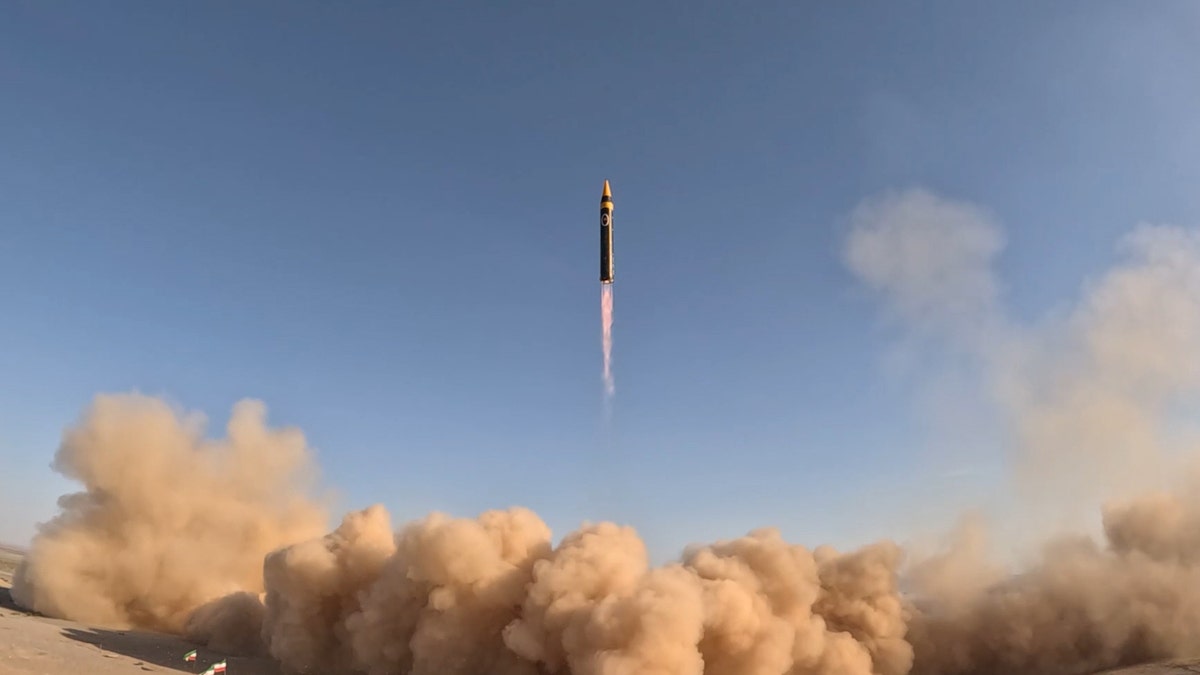
An Iranian medium-range ballistic missile called Hayber (Hurremshahr-4) is seen after launch in Tehran on May 7, 2023. (Iranian Defense Ministry/Hanodut/Anadolu Agency via Getty Images)
The expert said this is a rare moment for the UNSC, which in recent years has become increasingly ineffective in accomplishing major geopolitical wins because it is generally divided between the U.S., U.K. and France on one side and Russia and China on the other.
A single veto is enough to block a resolution being enacted, and progress in the council has become stagnant following Russia’s invasion of Ukraine.
But even if Russia objects to reimposing sanctions on Iran, as Tehran has become a close ally of Moscow’s, it actually has very few options for blocking the snapback mechanism that it previously agreed to, so long as at least one other nation actually calls for the sanction tool.
“This is the only time this has ever happened at the U.N. before,” Noronha said. “They basically said, when we invoke snapback, what it does is it says U.N. sanctions will automatically return unless there’s a vote by the council to unanimously allow sanctions relief to remain on the books.”
The snapback mechanism would legally enforce all 15 UNSC member nations to reimpose sanctions on Iran, including Russia and any nation that may be sympathetic to Tehran.
If the snapback mechanism expires come October, the U.N.’s hands will likely be tied when it comes to countering Iran’s nuclear program, as it is unlikely any new resolutions on the issue will be able to pass through the council given the current geopolitical climate between the West and Russia.
